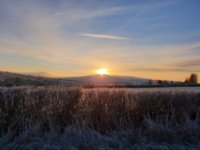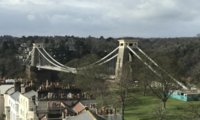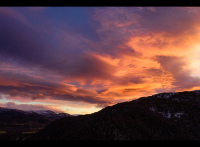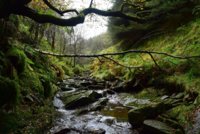You are using an out of date browser. It may not display this or other websites correctly.
You should upgrade or use an alternative browser.
You should upgrade or use an alternative browser.
Photography
- Thread starter Ghost
- Start date
-
- Tags
- photography
Thanks @Stewby. Both taken with a Sony A7RII & a Samyang 24 1.4 (Canon mount) lens. (And a tripod)Those are stunning.
What did you use to capture the night photos?? I can never get mine to look anywhere near that detailed.
Somehow I don't think it is that easy you forgot anout ther settings IE f stop, speed & duration never tried any photos like that but may well try one nightThanks @Stewby. Both taken with a Sony A7RII & a Samyang 24 1.4 (Canon mount) lens. (And a tripod)
Sorry I thought he meant what kit was used. For shots of the Milky Way like this you need to take them ideally when it’s a new moon I.e no moon. You need as dark a sky as possible as light pollution will kill your chances of picking up the stars. And finally you need a clear night. Settings wise you need to shoot at high iso and wide aperture. The above shots are both iso 6400 and f/1.4. Use the 400 rule for the exposure time I.e 400/focal length= max shutter time so for my 24mm lens the max shutter time is 16 seconds to prevent star trails. I shot the ones above at 15 secs I think. You can then tweak settings from there. I normally manually zoom into a bright star and manually focus and then don’t touch the focus after that.Somehow I don't think it is that easy you forgot anout ther settings IE f stop, speed & duration never tried any photos like that but may well try one night
You don’t need an f/1.4 lens but the faster the lens the lower you can drop your iso (less noise). I’ve shot plenty of Astro stuff like this with a 2.8 lens. Using the 1.4 lens will let me drop iso to 3200 or 1600 at times depending on how dark the sky is
Hope that helps
Never really tried any but as I say will give it a go sometime. There is a guy not far from me does some stunning work
Mark O'Neill
Mark O'Neill
Impressive stuff on there!Never really tried any but as I say will give it a go sometime. There is a guy not far from me does some stunning work
Mark O'Neill
Mine is www.flickr.com/xpfloyd (not the same Caliber as mark oneill!)
Last edited:
The photographers ephemeris is good tooThe Photopills app is great for working out the best times and directions for taking this type of shots.
Yes that's in my bookmarks too but I tend to only look at Photopills or Sun Surveyor apps on the phone now.The photographers ephemeris is good too
Thought you’d gone back in time, then spotted the Costa cup!
You need to upgrade your phone, you can get colour cameras now.
Similar threads
- Replies
- 1
- Views
- 411
- Replies
- 3
- Views
- 430
- Replies
- 30
- Views
- 1K
- Replies
- 2
- Views
- 721








